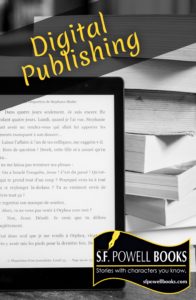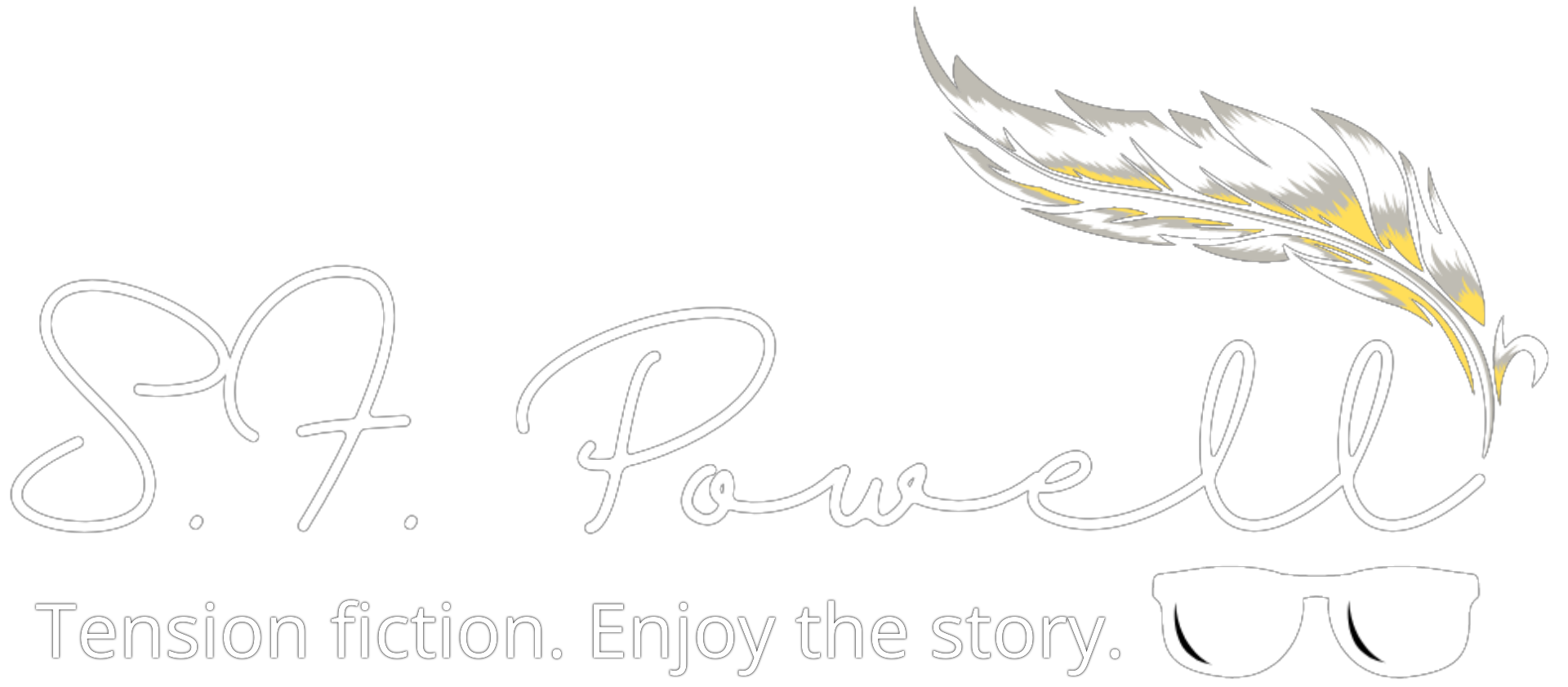Digital Publishing Basics

In today’s world, a good ‘book’ is more and more like a good … tablet. There are still many book-lovers holding fast to the joy of holding a weighted volume of bound paper in hand. A volume of bound paper with numbered sheets of fiction or nonfiction, where they lose themselves with each whisper-swish sound of a page turning. It remains a writer’s dream to have their words in print, in a weighted volume of bound paper, on a shelf, the spine of the volume touting a carefully thought-out title …
But alas, (self-publishing) writers must also entertain dreams of having their words … scrolled through a screen.
To begin, an eBook is an electronic or digital version of a book. The subjects and/or stories in eBooks are just like printed books; only the format is different. There are a number of small handheld machines (e-readers) used to display eBooks. From Nook to Kindle (and other proprietary models), these readers upload and convert the digital file version of a book, making it viewable (and scrollable). Though popular, depending on your budget, readers can be costly. Consequently, book lovers often choose to simply read eBooks from their computer.
So, what’s involved in self-publishing digitally?
Bucking the system
Many indie authors have gone through the painful and frustrating experience of trying to get published through traditional means. They’ve queried and queried, receiving rejection after rejection. The desire to write however, overrides any impulse to give up. And so, believing the public awaits the ‘good’ book in hand, writers transform their work(s) into print and digital versions independently.
On the plus side, creating an eBook is a lot easier than imagined. The hardest part about creating a book digitally—is writing it. And, well, that mission’s already accomplished (right?).
The primary benefit of publishing digitally is its ease. Publishing print books involves several facets (formatting, typesetting, binding considerations, hiring a printer). Many first-time authors are surprised at how easy it is to create an eBook. Although there are different digital format options, pdf format is pretty popular; most computers already have free reader programs installed. As such, potential buyers are able to read your eBook straightaway.
Whether for print or digital release, these days, all manuscripts require a computer version. In all likelihood, you created your book using a word processing application, so it’s probably saved on your computer. For the best ease in conversion and transferability, utilize something like the prominent Adobe software to create your pdf. There’s an expected learning curve with formatting your book properly for release. In very simplified terms, creating your eBook as a pdf is prime step one. It’s now time to wear your ‘publisher’ hat.
The Other Shoe …
Creating your eBook is relatively easy. Releasing and selling it—well, that’s more difficult. There are a number of options here. One, is releasing/selling your eBook through a third-party website. These websites typically host a huge collection of eBooks listed for sale. A key downside to this approach: these third-party websites usually either take a small percentage of each sale or charge a monthly fee.
Another option: creating your own website. Your webpage should offer detailed information about your eBook (title, genre, subject). For how-to books, inform on what readers will learn in your eBook. Selling through your own website is the most cost effective. However, potential customers won’t be able to just find your website; you also need to market/promote it as well.
As for accepting payment through your own website, many eBook authors use services like PayPal or purchase other shopping cart software. This allows you to accept payments from PayPal members and major credit card holders as well.
In summary, transforming your book into an eBook and selling it online is a nice alternative to traditional print publishing. It’s an approach you’ll want to explore.

